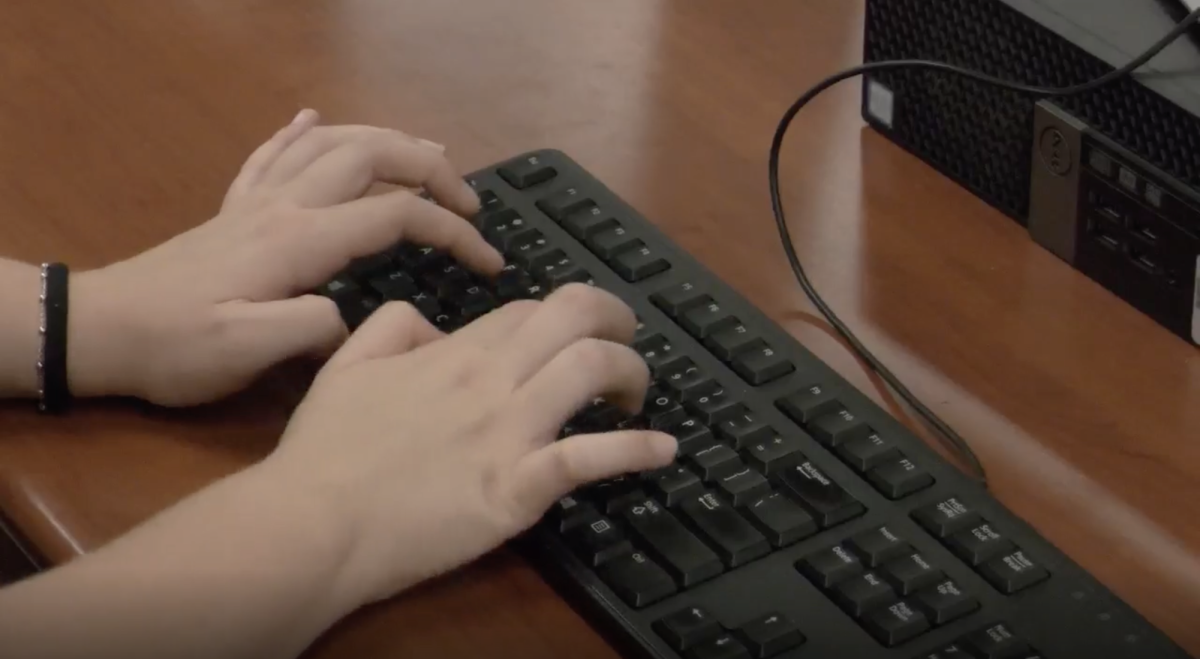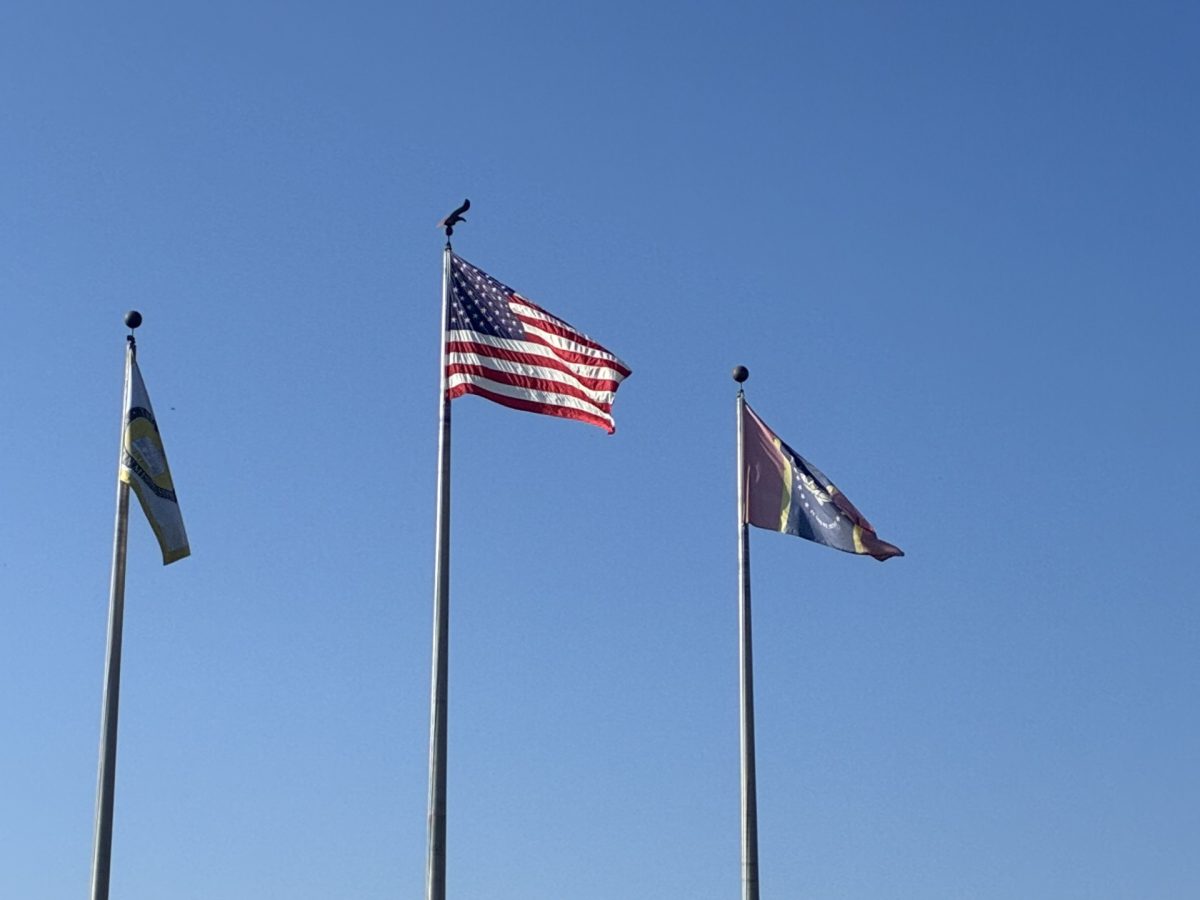United States Treasurer Jack Lew announced in June that an influential female figure will be featured on the $10 bill.
Since this announcement, polls have swept the nation to get an idea of which woman should be featured, but no clear preference has been determined. The Department of the Treasury said that while the decision is currently unknown, it will become clear by the end of the year.
The new version of the bill will appear in 2020, a very significant year for women. It marks the 100th anniversary of the 19th amendment, which granted women the right to vote. Complaints have been circulating about the change.
Presidential candidate Hillary Clinton said that the featured woman should appear on the $20 bill instead of the $10 bill. “I think a woman should have her own bill, and it may be more appropriate to look at the $20 than the $10,” Clinton said. A variety of interest groups have nominated candidates meaningful to their association. Girl Scouts of the USA are campaigning for their founder, Juliette Gordon Low.
Their official website lists five reasons why Low should receive the honor. More popular candidates include Eleanor Roosevelt, Rosa Parks, Betsy Ross and Susan B. Anthony—meaning there is a chance that the woman chosen will be the first African American to appear on U.S. money.
Other suggestions include Mother Teresa and Pocahontas. Some argue Pocahontas has already had her fair turn on paper money. Pocahontas was the first woman to decorate a bill when she was depicted on the back of a $20 bill in 1860. Officially, Martha Washington is considered to be the first woman on U.S. currency.
Her portrait was introduced on the front of the $1 bill in 1886—more than 20 years after Pocahontas. Famous advocate for women’s suffrage Susan B. Anthony was the first woman to have her portrait on an American coin in 1978. Fewer than 800 million of the $1 coins were minted. It was too easy for the public to mistake the large coin for a quarter.
Even if the woman on the new $10 bill is not the first to appear on paper money, the ethnic variety of candidates may make history in a different way. Paying respect to women by representing them on money is another step toward racial and gender equality. It is unknown when exactly the decision will be made, but more information will appear in headlines in the following months.































